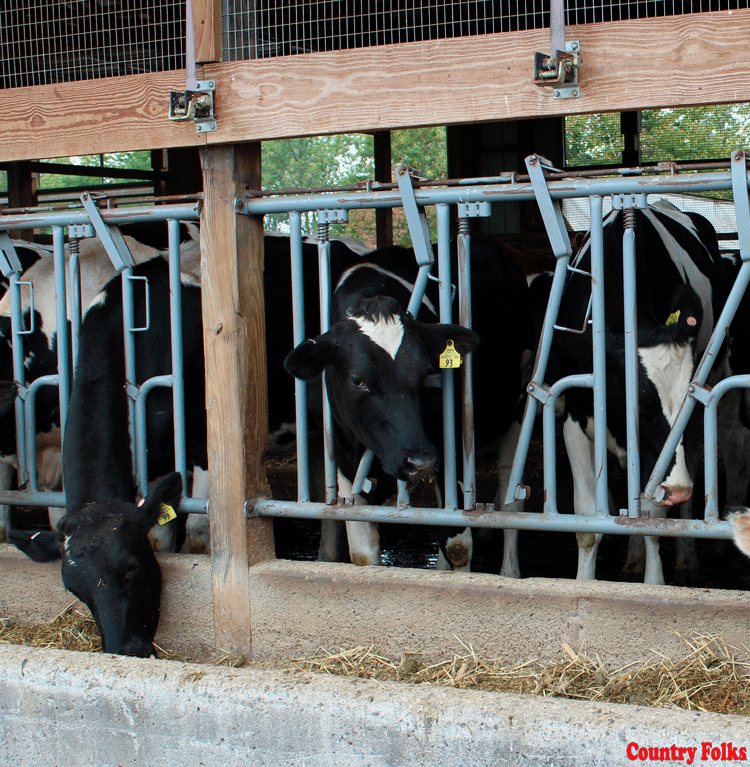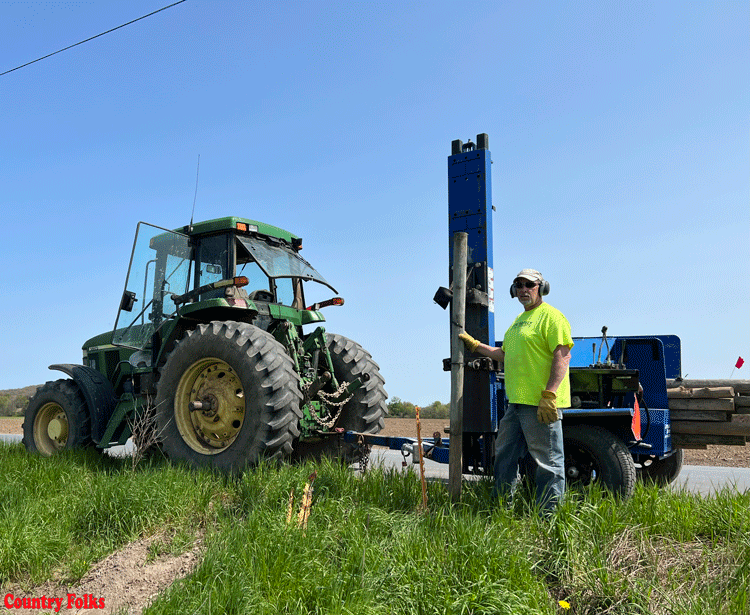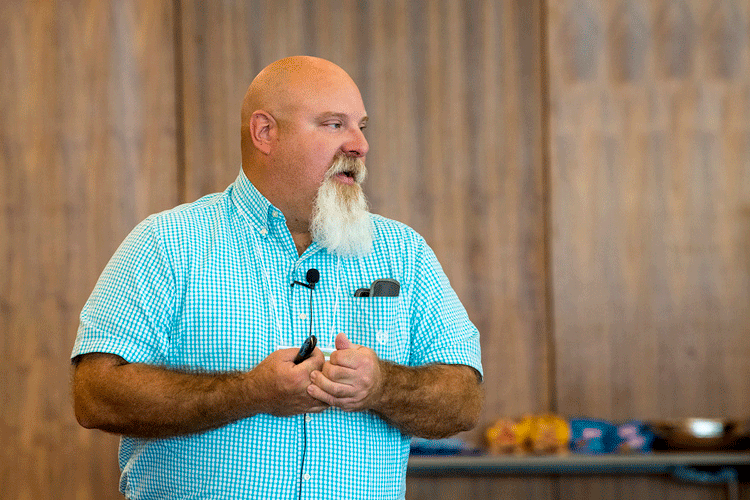 by Pat Malin
by Pat Malin
ALBANY, NY — Moments after concluding a conference call with reporters on Jan. 29, New York Farm Bureau (NYFB) president Dean Norton was pleased to hear that the U.S. House of Representatives had passed a five-year farm bill, also known as the Federal Agriculture Reform and Risk Management (FARRM) Act.
Norton said he was “very happy with most of the items in the farm bill… When it comes to dairy, we got 85 percent of what we asked for.”
The 2014 farm bill authorizes $956 billion in spending over the next 10 years. Norton particularly liked the provisions for crop insurance, conservation measures, support for organic farming and giving consumers more access to farmer’s markets.
Represenative Richard Hanna (R-22), who represents eight counties, said in a press release, “While not perfect, this Farm Bill is clearly a win for upstate New York. Farmers are businesspeople who need to be able to plan effectively.”
He supported the farm bill because it “repeals outdated programs… and reduces regulatory barriers that impede job creation in rural America. According to the non-partisan Congressional Budget Office, the bill would reduce the deficit by almost $17 billion over 10 years.”
Hanna said the farm bill specifically aids upstate New York’s dairies, organic farmers and growers of specialty crops; expands crop insurance options; provides low-cost loans and credit to beginning farmers; promotes conservation of farmland; expands transportation networks, and provides additional funding for food hub networks (four of which were started in New York State in 2013).
As co-chair of the congressional organic caucus, Hanna helped get approval for the reauthorization of the Organic Agriculture Research and Extension Initiative, as well as the Organic Production and Market Data Initiatives.
Drawing on input from members in 52 county Farm Bureaus across the state, Norton’s legislative priorities for 2014 will mirror the farm bill. He will turn his attention to getting many of these same provisions included in Governor Andrew Cuomo’s next budget.
“By investing in crop research and reducing the financial burden needed to become organically certified, the Farm Bill helps to fill a variety of consumer demands for local food,” he said.
One aspect of the farm bill that drew attention was the reauthorization and reform of the Supplemental Nutrition Assistance (SNAP) Program, known as food stamps. At a cost of $756 billion, SNAP is the largest portion of spending in the farm bill, even though congressional representatives cut $8 million from the program.
Norton believes SNAP has been streamlined for the better. “Under the nutrition title, the SNAP program will allow greater access to farmer’s markets,” he said.
“The $8 million cut did not come out of direct cuts to benefits, but from (reducing) waste and abuse and tightening requirements to get benefits,” he added. “Actually, most people will be satisfied with it. No one will be harmed by it.”
Other major expenditures in the farm bill are for crop insurance $89.8 billion; conservation $56 billion; commodity programs $44.4 billion, and remaining items $8.2 billion.
“Expanded safety nets (crop insurance) will help our dairy farmers better withstand large market swings and will extend a greater level of protection to many fruit and vegetable growers who previously had few options available following a natural disaster,” Norton said in a press release.
On a state level, Norton wants to see funds allocated to repair the aging transportation infrastructure. Farmers depend on safe highways and bridges to transport their goods to market, but bridges in need of repair “are a true barrier to economic development in New York State,” he said. It’s obviously costly for farmers to detour their heavy equipment around dilapidated bridges.
In addition, NYFB hopes the state will authorize a farm E-Z pass. Like the conventional EZ pass used by commuters on the New York State Thruway, it gives a discount on highway and bridge tolls. Norton said it will make it easier for farmers to transport their produce across the George Washington Bridge and Tappan Zee Bridge into urban centers, “and close the gap between upstate farmers and downstate consumers.”
A reporter asked whether NYFB has taken a position on hydrofracking. Norton said high-volume fracking is not allowed in the state. On the other hand, he said many New York farmers believe horizontal fracking could be a means to release the large reserves of natural gas stored underground. The bureau wants to work closely with the Department of Environmental Conservation and Department of Health first to establish strict guidelines, including remediation if any harm results from fracking.
“We don’t think the drill bit would actually be on farmland or on highly-productive land, and the farmer and landowner will benefit greatly from leasing out rights to a quarter-of-an acre,” Norton commented.
Norton urged Governor Andrew Cuomo to support proposals to expand refundable tax credits, for example, for farmers donating locally-grown produce to food banks. NYFB is seeking an increase on the threshold for estate taxes (he noted that the average farmer is 56 years-old). The bureau also seeks to reduce the 18-a surcharge on farmers’ electric bills.
Jeff Williams, NYFB public policy director, joined Norton in the phone conference. Later on that day, he was scheduled to meet with the New York State Legislature during a hearing on environmental conservation. Richard Ball, Acting New York Commissioner of Agriculture, also attended the hearings.
Williams, who works on economic development policies, said the bureau’s additional priorities will focus on securing state funding for animal health and water quality. Animal health is essential, he said, as a means of safeguarding consumer health. In addition, the Farm Bureau hopes to see increased funding for agricultural promotion and expanded wine trails.
Norton also commented on a statement from the governor’s office that the state’s milk production increased 2.2 percent in 2013, allowing New York to climb into third place from fourth in the nation. The growth, he noted, is due to the increased demand from the yogurt industry. The governor’s office also cited higher milk production per cow. Nationwide, milk production rose just 0.4 percent.











Leave A Comment